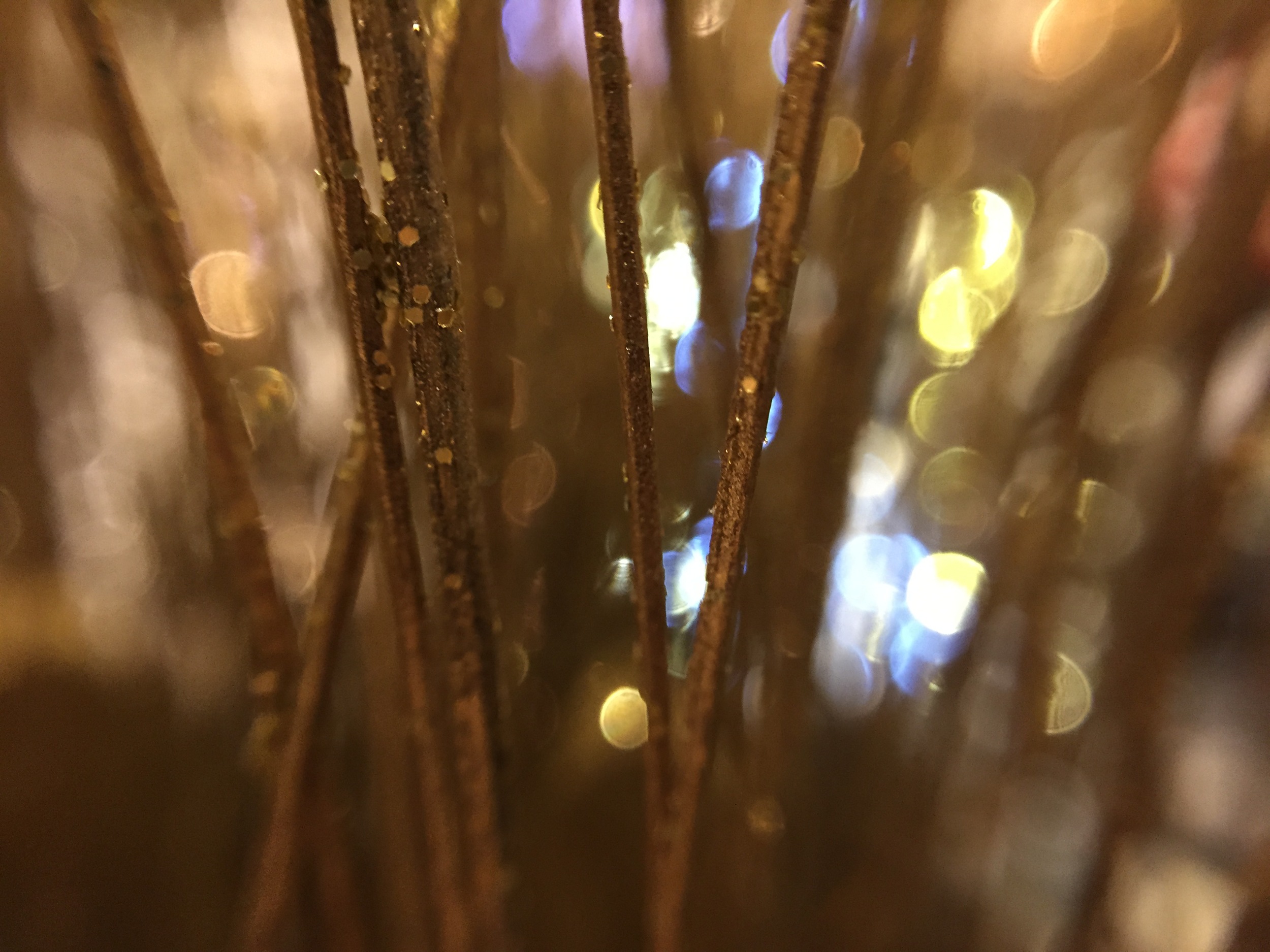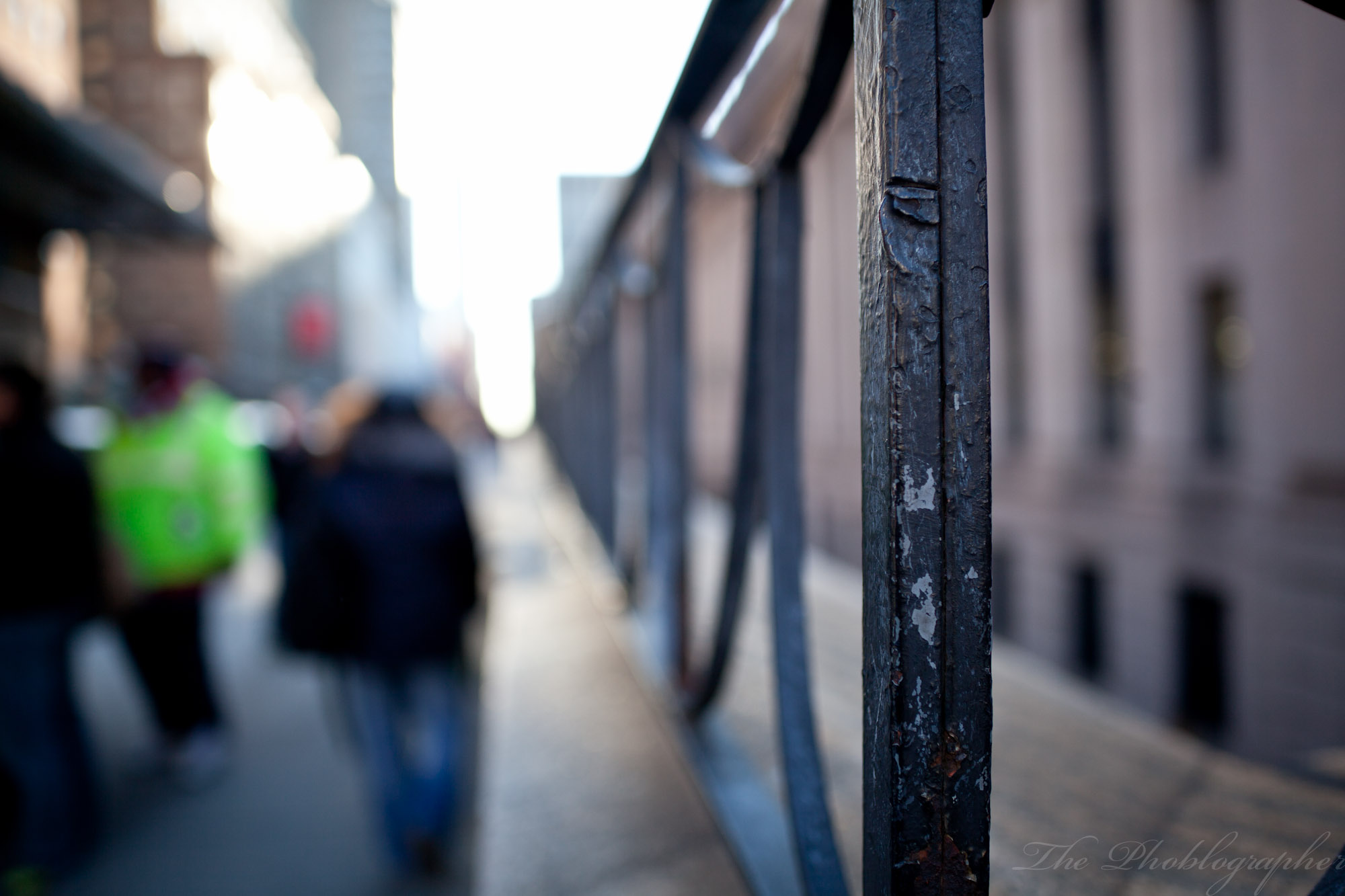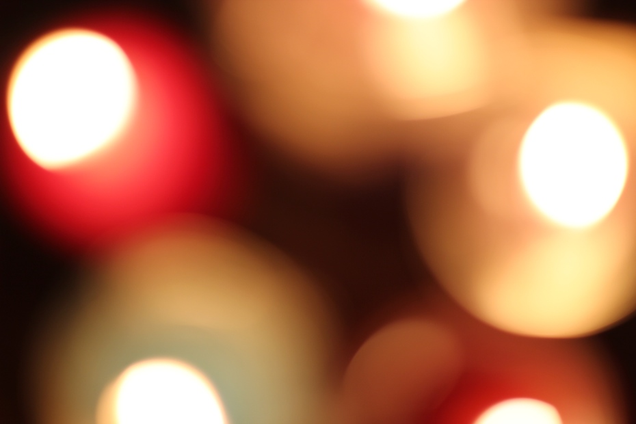

A lighter lens improves your mobility and staying power when shooting. The good thing about this lens is its light weight. The lens I used to take the photos in this article was the EF-M55-200mm f/4.5-6.3 IS STM.

Working with the lens: A compact and light lens is the perfect companion When there are many rain drops that remain after the rain stops, the backlight will reflect off the rain drops, thereby creating a lot of bokeh circles. To beautifully capture bokeh circles, it is important to have backlight and to have several subjects with good light reflectance. Tip #2: Create bokeh circles using the raindrops on the leavesĮOS M10/ EF-M55-200mm f/4.5-6.3 IS STM/ FL: 124mm (320mm equivalent)/Aperture Priority AE (f/6.3, 1/60 sec.)/ISO 200/WB: Custom Therefore, when you rely on the inbuilt capabilities of the lens to take the photo, and don’t get up close to the subject yourself, the photo is likely to lack engagement with the subject. Tip #1: Get up close to the flowers to create an engaging shotĮOS M10/ EF-M55-200mm f/4.5-6.3 IS STM/ FL: 124mm (198mm equivalent)/Aperture Priority AE (f/5.6, 1/200 sec.)/ISO 200/WB: CustomĪ telephoto lens not only shows a close-up view of objects far away but also serves to cover the distance between you and the subject. I recommend that you take the photo in backlight as the light shining on the leaves will glitter brilliantly. Doing so allowed me to blur the plant in front, resulting in an expression with a sense of denseness. I focused on a rose blooming in the front. Since I couldn’t use a tripod, I held the camera in my hands and determined the composition by using the LCD monitor screen in Live View. I placed my lens among the blooming roses for this shot. Point: Place the lens among the rose plants I wanted to capture the barely visible pink roses in a sea of green by overlapping the light shining on the leaves with the rose leaves forming several layers. I took the row of rose buds from the side instead of the front.

After the rain stops, the rain drops sparkle, creating even more bokeh circles.ĮOS M10/ EF-M55-200mm f/4.5-6.3 IS STM/ FL: 200mm (320mm equivalent)/Aperture Priority AE (f/6.3, 1/320sec, EV☐)/ISO 400/WB: White fluorescent light If the photo is taken in backlight on a clear day, you can include light shining on the leaves as bokeh circles. On the other hand, if the aperture is set smaller (by increasing the f-number to f/8 - 11 etc.), the line of sight becomes easily broken as there will many areas with clearly-defined contours, resulting in a photo that has too many things happening in the same frame. If the aperture is set larger than this (smaller f-number), the details of the subjects representing the space will be lost in the bokeh. You will be able to create photos with a highly compact and dense sense of space.Īn aperture of about f/5.6 - 6.3 is preferable. In this case, a good idea would be to try using a telephoto lens to incorporate the objects in the foreground and background cleverly into the narrow space by overlapping them in layers.

However, even if you manage to capture the flowers themselves beautifully, it is difficult to convey a sense of the space around the flowers. When you stand in front of a beautiful row of flowers, it’s tempting to get up close to shoot the flowers with a macro or a bright, wide angle lens. (Report by: Sayaka Suzuki)īokeh layers are best created with an aperture that is not too narrow, not too wide When you come upon an abundance of flowers blooming before you, you may feel like shooting a single flower up close, but how do you turn it into a great-looking photo that fully utilises the space around the flower as well? Using a telephoto lens, I will introduce a way to take photos featuring several layers of bokeh circles.


 0 kommentar(er)
0 kommentar(er)
